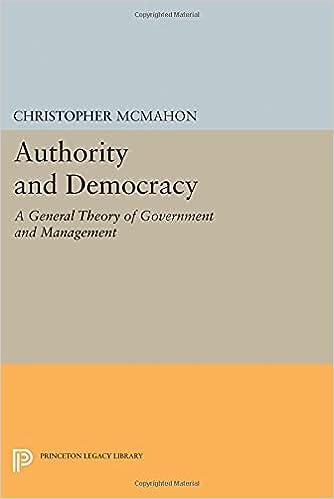Answered step by step
Verified Expert Solution
Question
1 Approved Answer
In 1 9 9 6 , Life magazine published a landmark article about the labor conditions of Nike's overseas subcontractors, entitled On the Playgrounds of
In Life magazine published a landmark article about the labor conditions of Nike's overseas subcontractors, entitled On the Playgrounds of America, Every Kid's Goal Is to Score: In Pakistan, Where Children Stitch Soccer Balls for Six Cents an Hour, Their Goal Is to Survive. Accompanying the article was a photo of a yearold Pakistani boy stitching a Nikeembossed soccer ball. The photo caption noted that the job took a whole day, and the child was paid US$ for his effort. Up until this time, the general public was neither aware of the wide use of foreign labor nor familiar with the working arrangements and treatment of laborers in developing countries. Almost instantly, Nike became a poster child for the questionable unethical use of offshore workers in poorer regions of the world. This label continued to plague the corporation as many global human interest and labor rights organizations have monitored and often condemned Nike for its labor practices around the world.
In the years following, Nike executives were frequent targets at public events, especially at universities where students pressed administrators and athletic directors to ban products that had been made under sweatshop conditions. Indeed, at the University of Oregon, a major gift from Phil Knight, Nike's CEO, was held up in part because of student criticism and activism against Nike on campus
Nike took immediate action to repair its damaged brand. In the company established a Corporate Responsibility and Sustainability Committee to ensure that labor practices were ethical across its supply chain. By the company employed compliance officers up from just three in to monitor its plant operations and working conditions and ensure compliance with its published corporate code of conduct. In Nike became the first among its peers to release a complete listing of all of the overseas factories that it contracts for labor. That same year, Nike released the pay scales of the factory workers and addressed actions it was taking to further improve conditions. Even so the stigma of past practiceswhether perceived or realremained emblazoned on its image and brand name. Nike found itself constantly defending its activities, striving to shake this reputation and perception.
In Marc Kasky sued Nike, alleging that the company knowingly made false and misleading statements in its denial of direct participation in abusive labor conditions abroad. Through corporate news releases, fullpage ads in major newspapers, and letters to editors, Nike defended its conduct and sought to show that allegations of misconduct were unwarranted. The action by the plaintiff, a local citizen, was predicated on a California state law prohibiting unlawful business practices. He alleged that Nike's public statements were motivated by marketing and public relations and were simply false. According to the allegation, Nike's statements misled the public and thus violated the California statute. Nike countered by claiming its statements fell under and within the protection of the First Amendment, which protects free speech. The state court concluded that a firm's public statements about its operations have the effect of persuading consumers to buy its products and therefore are, in effect, advertising. Therefore, the suit could be adjudicated on the basis of whether Nike's pronouncements were false and misleading. The court stated that promoting a company's reputation was equivalent to sales solicitation, a practice clearly within the purview of state law. The majority of justices summarized their decision by declaring, because messages in question were directed by a commercial speaker to a commercial audience, and because they made representations of fact about the speaker's own business operations for the purpose of promoting sales of its products, we conclude that these messages are commercial speech for purposes of applying state laws barring false and misleading commercial messagesKasky v Nike Inc., The conclusion reached by the court was that statements by a business enterprise to promote its reputation must, like advertising, be factual representations and that companies have a clear duty to speak truthfully about such issues
In January the US Supreme Court agreed to hear Nike's appeal of the decision in Kasky v Nike Inc. from the Page California Supreme Court. In particular, the US Supreme Court agreed to rule on whether Nike's previous statements about the working conditions at its subcontracted, overseas plants were in fact commercial speech and, separately, whether a private individual such as Kasky has the right to sue on those grounds. Numerous amici briefs were filed on both sides. Supporters of Kasky included California, as well as other states; Ralph Nader's Public Citizen Organization; California's AFLCIO; and California's attorney general. Nike's friends of the court included the Am
Step by Step Solution
There are 3 Steps involved in it
Step: 1

Get Instant Access to Expert-Tailored Solutions
See step-by-step solutions with expert insights and AI powered tools for academic success
Step: 2

Step: 3

Ace Your Homework with AI
Get the answers you need in no time with our AI-driven, step-by-step assistance
Get Started


